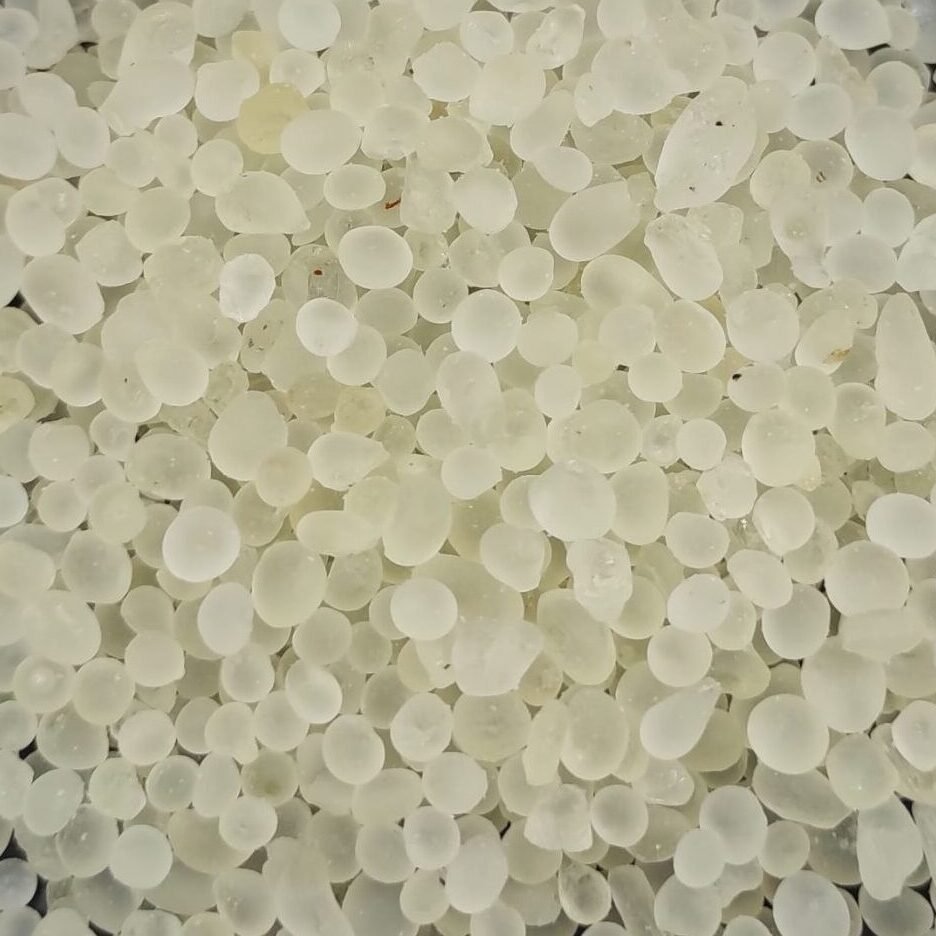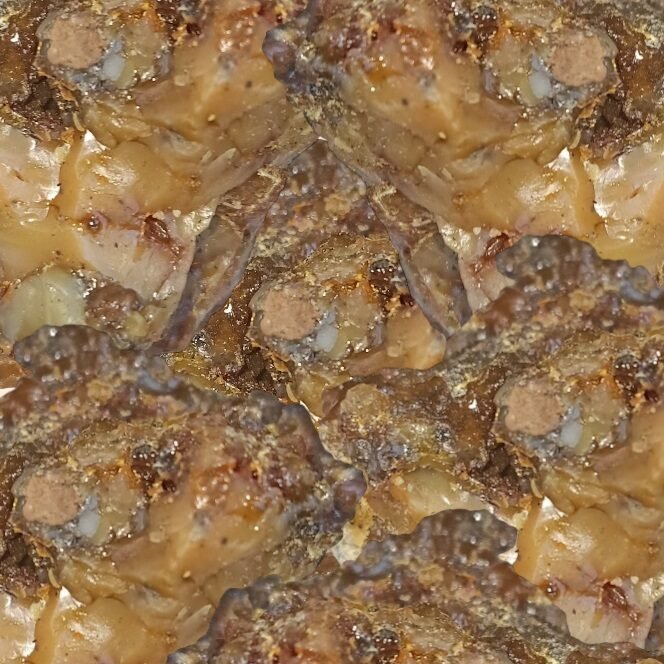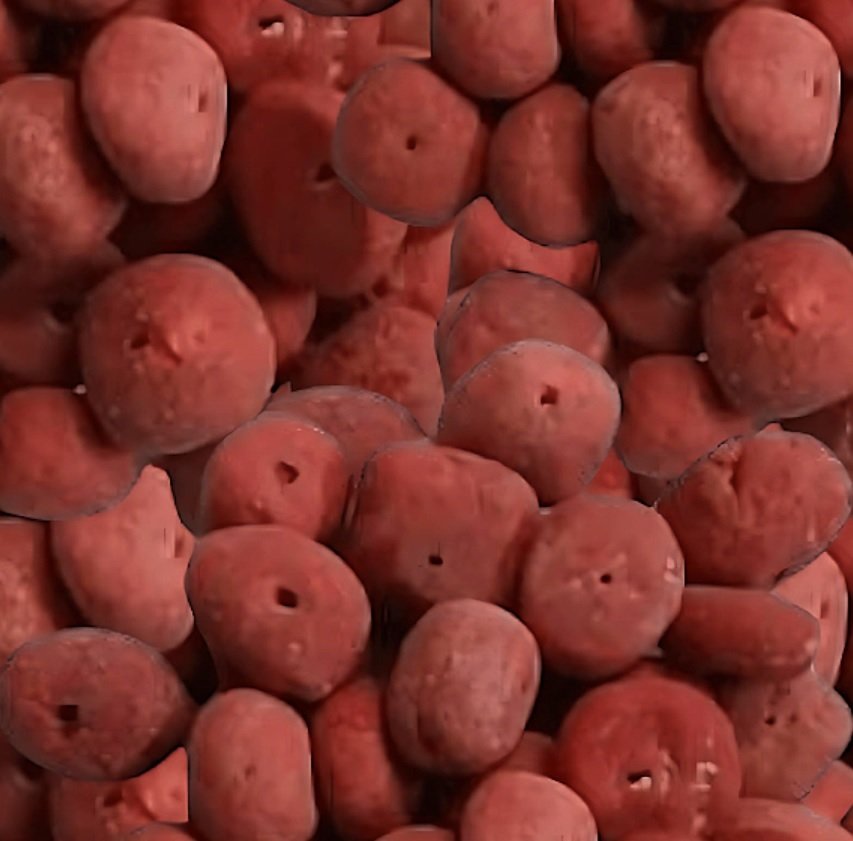Mastic (Plant Resin)
Mastic is a natural resin obtained from the trunk and branches of the mastic tree (Pistacia lentiscus). It has been used for centuries for various purposes, including medicine, cosmetics, and cooking. In this article, we will discuss the benefits and uses of mastic in detail.
What is Mastic?
Mastic is a resin that is extracted from the bark of the mastic tree. The mastic tree is native to the Mediterranean region, and it grows mainly in Greece, Turkey, and other countries in the region. The resin has a unique aroma and taste and is often used as a flavoring agent in cooking.
Health Benefits of Mastic
Mastic has several health benefits, some of which are discussed below:
1. Anti-inflammatory Properties
Mastic has anti-inflammatory properties and is often used to treat inflammatory conditions such as gastritis, ulcers, and colitis. It can also help to relieve pain and reduce swelling.
2. Antibacterial Properties
Mastic has antibacterial properties and can help to fight bacterial infections. It has been found to be effective against several strains of bacteria, including H. pylori, which can cause stomach ulcers.
3. Antioxidant Properties
Mastic has antioxidant properties and can help to protect the body against damage from free radicals. Free radicals are molecules that can damage cells and contribute to the development of diseases such as cancer and heart disease.
4. Oral Health
Mastic has been found to be effective in improving oral health. It can help to reduce the number of bacteria in the mouth, which can help to prevent tooth decay and gum disease.
Uses of Mastic
Mastic has several uses, some of which are discussed below:
1. Culinary Uses
Mastic is often used as a flavoring agent in cooking, especially in Mediterranean cuisine. It has a unique flavor and aroma and can be used in a variety of dishes, including desserts, soups, and sauces.
2. Cosmetics
Mastic is often used in cosmetics and skin care products. It can help to improve the texture of the skin and reduce the appearance of fine lines and wrinkles. It can also help to reduce inflammation and redness in the skin.
3. Chewing Gum
Mastic is often used as the base for chewing gum. It has a unique flavor and texture and can help to freshen breath and improve oral health.
4. Medicine
Mastic has been used in traditional medicine for centuries. It is often used to treat digestive issues such as ulcers, gastritis, and colitis. It can also help to relieve pain and reduce inflammation.
How to Use Mastic
Mastic is available in several forms, including resin, powder, and oil. It can be used in a variety of ways, including:
- Chewing the resin
- Adding the powder to food or drinks
- Applying the oil topically to the skin
- Taking supplements
Side Effects of Mastic
Mastic is generally considered safe for most people. However, some people may experience side effects such as:
- Upset stomach
- Diarrhea
- Headache
- Allergic reaction
It is important to talk to your doctor before using mastic if you have any underlying health conditions or are taking any medications.
Conclusion
Mastic is a natural resin that has been used for centuries for various purposes. It has several health benefits, including anti-inflammatory, antibacterial, and antioxidant properties. It is often used in cooking, cosmetics, and traditional medicine. Mastic is generally safe for most people, but it is important to talk to your doctor before using it if you have any concerns. With its unique flavor and health benefits, mastic is a versatile ingredient that can be incorporated into a healthy lifestyle.
- What is mastic?
Mastic is a natural resin obtained from the trunk and branches of the mastic tree.
- What are the health benefits of mastic?
Mastic has several health benefits, including anti-inflammatory, antibacterial, and antioxidant properties. It can also improve oral health and relieve pain.
- What are the uses of mastic?
Mastic is often used in cooking, cosmetics, and traditional medicine. It can be used as a flavoring agent, as well as in skin care products and chewing gum.
- How is mastic used?
Mastic is available in several forms, including resin, powder, and oil. It can be chewed, added to food or drinks, applied topically to the skin, or taken as supplements.
- Are there any side effects of mastic?
Mastic is generally safe for most people, but some may experience side effects such as upset stomach, diarrhea, headache, or allergic reaction.







